You are here
History of village of Karsakpai.
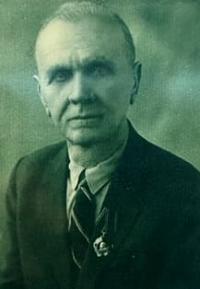
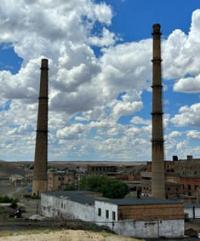
Copper smelter in Karsakpai.
“The country of the Oguz is fertile, the inhabitants are rich. Their land is said to yield a quarter of the unrefined silver. From these mines they extract a lot of metal. Shash merchants go to them with goods for exchange, buy there many camels with a large amount of copper and silver and export it to all countries."
Arab geographer Muhammad al-Idrisi.
Trip from Zhezkazgan to Karsakpai.
The village of Karsakpay (Kazakh: Karsakpay) is located at an altitude of 450 meters above sea level, located between the Kuzharma mountains in the northeast and Karamola in the southwest, in the middle reaches of the Kumola River in the Ulytau district of the region of the same name.
The village of Karsakbay is located in the Karsakpai tract in the upper reaches of the drying up Kumola River. The village was named in honor of the owner of these lands, Karsakbai Auelbekuly, who was born around 1831 in the family of the grandson of the famous bai Maigelda in the area.
Wealthy Karsakbay came to an agreement with the local Amangul family and took ownership of the coast of the Kumola River with the wintering quarters of Ekiasha (Kostobe). Karsakbay died in 1888, returning from Mecca, his second pilgrimage.
In 1913, the British took the Karsakbai tract on a 30-year lease from the manager of the Zhezdinsky volost and began construction of a copper smelter.
Karsakpai is the administrative center and the only settlement of the Karsakpai village administration. The village was founded in 1912 by the British as a settlement at a copper smelter. Copper deposits are located near the modern village and have been known since ancient times.
he copper deposit was registered back in 1847 by the Russian merchant Nikolai Ushakov; he resold the copper deposits along the banks of the Kengir and Zhezda rivers to the merchant Ryazanov. Subsequently, the deposit was sold to English entrepreneurs, who registered the Atbasar Copper Ores Joint Stock Company in London.
It carried out reconnaissance work for the construction of a narrow-gauge railway Zhezkazgan - Karsakpai - Baikonur with a length of 120 kilometers.
In 1914, the foundation was laid for the Karsakpai concentrating plant for the future copper plant. The necessary material for construction was delivered from Dzhusaly station on camels and along a temporary rail track 13 kilometers long. 18 shallow mines with a depth of 6 to 80 meters were laid.
The village has an old English bridge in the eastern part, next to the road bridge over the Kumola River). The bridge was built by the British for the factory narrow-gauge road at the end of 1916.
In 1914 - 1917, a narrow-gauge railway was built connecting Baikonur with Karsakpai and Dzhezkazgan. The road was dismantled in the early 1980s.
1919 - the enterprise was nationalized by the Soviet government.
1922 - 1925 - plant mothballing.
1925 - The Council of Labor and Defense of the USSR adopted a resolution on the restoration of the Karsakpai plant, which included the Dzhezkazgan mines, Baikonur coal mines and a copper plant under construction. Ivan Deev was appointed manager. The Atbasartsvetmet trust was organized.
On June 10, 1925, by decision of the Council of Labor and Defense, the Atbasar Non-Ferrous Metals Trust of Union significance was formed, which included the Karsakpai plant, consisting of the Karsakpai copper plant, the Baikonur coal mines, the Zhezkazgan copper mine and the Kurgasyn lead mine.
The plant was headed by R. A. Dreyman. The birth of the industrial complex in the steppe was preceded by extensive geological exploration work carried out by K. I. Satpayev. Appointed head of the geological exploration department and chief geologist of the Atbasartsvetmet trust in 1926, he discovered the largest deposits of copper ore in the region.
Since 1926, a weather station has been operating in Karsakpai. On October 16, 1928, the reverberatory furnace of the newly built Karsakpai copper plant was lit and 3 days later the first Kazakh copper was smelted. The Zhezkazgan mines supplied the Karsakpai copper smelter with raw materials via a narrow-gauge railway - copper ore.
1926 - Karsakpai district was organized with the center being the village of Karsakpai.
1928 September 16 - the reverberatory furnace was lit. 1928 October 19 (at 23.00) – launch of the Karsakpai copper smelter, the first blister copper was produced from Zhezkazgan ores.
1929 - 1938 - the Karsakpai enrichment plant was put into operation. Karsakpai Mining and Metallurgical College opened. The Nelda-Dzhezkazgan railway was put into operation.
1941 - 1942 - Karsakpai copper plant was reoriented to produce military products. The Dzhezdinsky manganese department for the extraction of manganese ore for the defense industry was created.
In 1957, a sheep breeding state farm was founded in the village. In 1970, the population of the village was 6,000 inhabitants.
The copper smelter, which worked on ore from the Zhezkazgan deposit, was closed in 1973. On its basis, a metallurgical plant was formed, which included a steel foundry and experimental workshops (now part of the Kazakhmys corporation).
1975 - Karsakpai copper smelter stopped copper smelting.
In 1997, private farms were organized on the basis of a sheep-breeding state farm.
In 1999, the population of the village was 2,402 people (1,268 men and 1,134 women). According to the 2009 census, 1,668 people lived in the village (889 men and 779 women).
4.5 kilometers southeast of the village is the Kapsakpai railway station on the Zhezkazgan - Saksaulskaya line. After the construction of the Zhezkazgan - Saksaulskaya line, which was carried out between 2012 and 2014, the Karsakpai railway station operates with a length of 529 kilometers.
The distance from Zhezkazgan to Karsakpai station is 78 kilometers, the distance from Saksaulskaya station to Karsakpai station is 451 kilometers. Since 2016, passenger service has been operating along it.
In the house where Academician K.I. Satpayev lived from 1926 to 1941, a museum has been based since 1969.
2008 - celebration of the 80th anniversary of the Karsakpai copper smelter.
Dybets Stepan Semenovich (1887 - 1937) - since 1919, head of the trust for the unification of the former Maltsev machine-building plants. Since June 10, 1925, Chairman of the Board of the Atbastsvetmet trust and employee of the Supreme Economic Council of the RSFSR, and then the USSR.
He personally came to Karsakbay and supervised the construction work of the copper smelter. After the plant was launched, it was sent to Avtostroy. From 1929 to 1932, Dybets led the construction of the Nizhny Novgorod Automobile Plant and was appointed its director.
For the successful construction of the automobile plant, he was awarded the Order of Lenin, after which he was appointed head of the Main Directorate of the Automotive Industry. In October 1937, Dybets was arrested and executed. Rehabilitated posthumously on March 10, 1956.
Geographic coordinates of village of Karsakpai: N47°50'10.50" E66°43'34.07"
Note:
If you are using geographic coordinates for Google Earth or Google Maps navigation systems, you must remove the last two digits from geographic coordinates and " (hundredths of a second) and enter the result in the input line. xample: N51°44'09.67" E72°39'40.81" = N51°44'09 E72°39'40
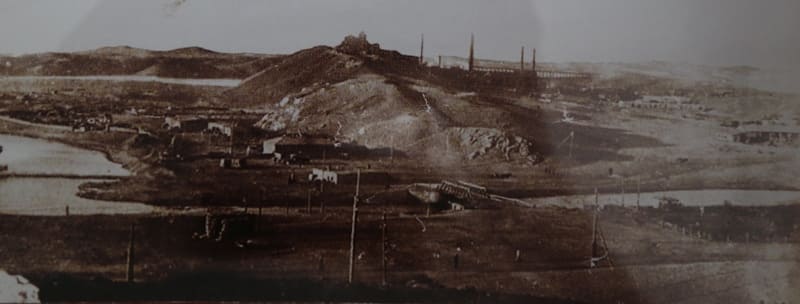
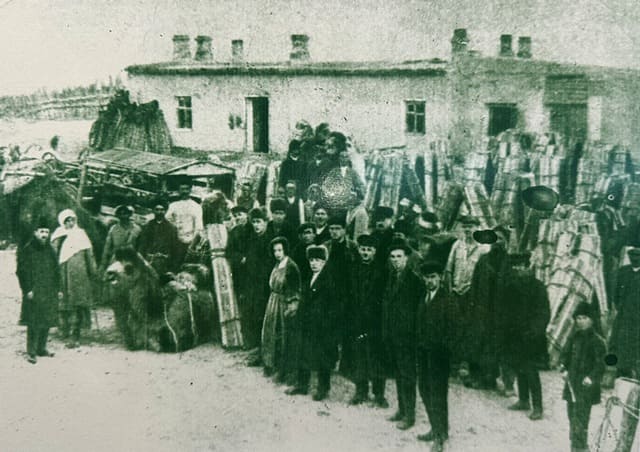
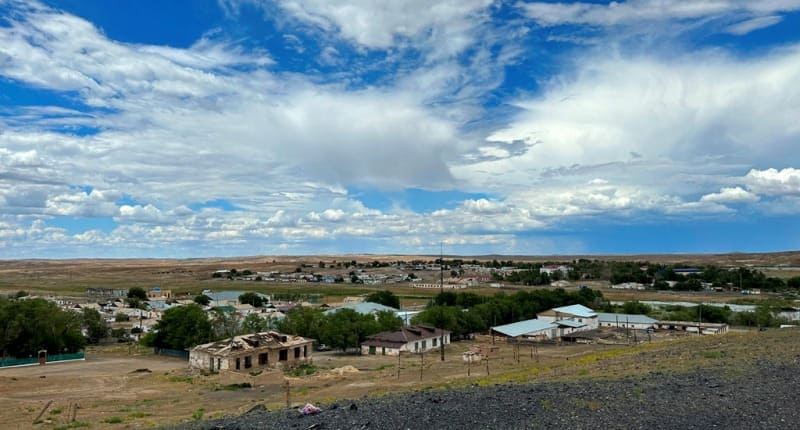
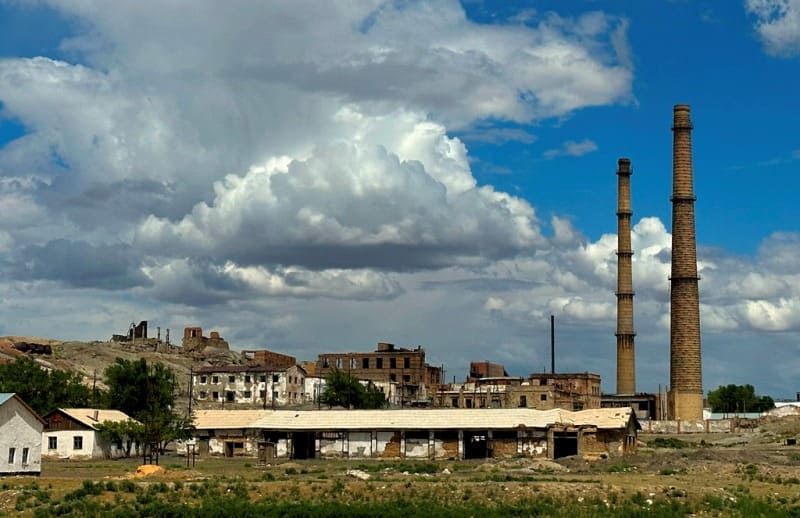
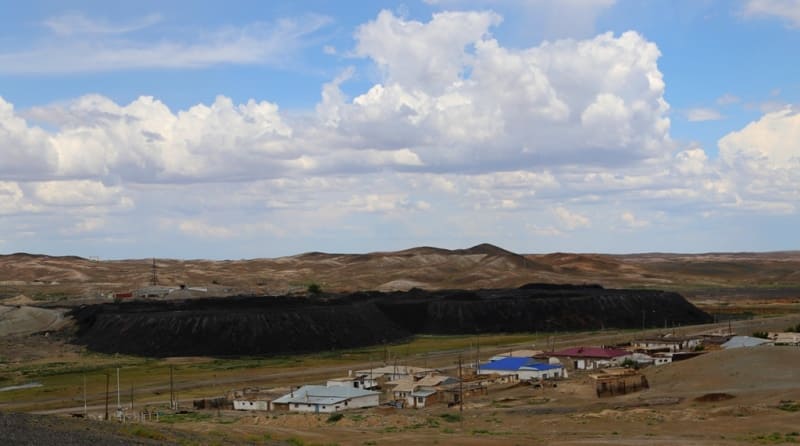
Authority
Alexander Petrov.
https://ru.wikipedia.org/wiki/%D0%9A%D0%B0%D1%80%D1%81%D0%B0%D0
Photos by:
Alexander Petrov.






